NATICK — Nancy McGeoghean says she cannot remember killing her daughter.
Twenty-six years ago, McGeoghean woke up from a night of binge drinking. Her 2-year-old daughter, Sarah, lay unresponsive and blue, strapped in a car seat on the living room floor.
The young mother had strangled and smothered the child, prosecutors said.
McGeoghean was offered a deal: Plead guilty to manslaughter and she would have to spend no more than nine years behind bars. But instead she opted for a trial. Jurors found her guilty of first-degree murder, and she was given a life sentence without parole.
Now McGeoghean, 45, is being given a rare chance to persuade the state Advisory Board of Pardons to recommend she be eligible for release from the Framingham prison that has been her home for more than two decades.
On Dec. 29, McGeoghean shuffled into the board’s hearing room, shackled at the wrists and ankles.
Weeping, her voice often shaky, she struggled to explain to the four-person panel why she killed her daughter and why she could not remember the crime.
“I ask myself that every day . . . I am ashamed of myself. I am disgusted with myself,” McGeoghean said. “I loved Sarah. She was the only thing in the whole world that was mine.”
McGeoghean appeared in court wearing a blue sweater and slacks so long the cuffs got caught under her black heels; her lawyers gave her the clothes so she would not have to appear in prison garb. During the hearing — which drew many supporters, including relatives and a priest, and some detractors, including a prosecutor — McGeoghean read aloud from a letter she wrote her daughter.
“Because of my actions, you will never see another birthday, meet your brother and get to know your nephews or feel the wind or sun in your face,” McGeoghean said. “It was never your fault. You were beautiful, innocent and you deserved so much more. I really loved you.”
Convicted murderers seldom get a shot at freedom. A governor has not commuted a life sentence for murder since 1997, when William Weld agreed to the release of Joe Salvati, who was wrongly convicted of a mob killing.
Board officials said they were compelled to hear McGeoghean’s case by her record in prison, where she has trained service dogs and counseled other prisoners. McGeoghean’s lawyers described her sentence as unusually long, because parents who kill their children more often face manslaughter charges, not first-degree murder, and are given shorter sentences.
Life sentences for women are rarer still: Of the 1,030 inmates serving life sentences without the possibility of parole in Massachusetts, only 26 are women.
McGeoghean’s commutation hearing last week was the final one slated for the board before Governor Deval Patrick leaves office Thursday. If he approves a commutation of the sentence, the case would then go to the Governor’s Council for a vote. A yes vote would make McGeoghean eligible for parole.
But the chances of McGeoghean’s case getting to Patrick before he departs are slim; the board has not stated when it will vote on her petition.
If it does rule in her favor, the petition would probably go before Governor-elect Charlie Baker, thrusting an emotionally charged issue before a new administration.
John Cunha, one of McGeoghean’s lawyers, said he believes Baker will not let worries about political blowback obstruct his judgment.
“If she’s approved, I would expect he would take that seriously, and I expect that he would act on it favorably,” Cunha said in a telephone interview the day after the hearing. “He understands that there are times when clemency is appropriate. That’s why we have the laws and I think he would have the courage to do it.”
Tim Buckley, a spokesman for Baker, did not comment specifically on cases involving people sentenced for murder, but he said Baker would consider all petitions for pardons and commutations recommended by the board.
“If the case makes it to his desk, he will examine each case individually to make a determination,” Buckley said.
According to the petition she gave to the board and testimony at the hearing, McGeoghean, the daughter of abusive alcoholics, was 18 when she gave birth to Sarah.The child’s father, whom McGeoghean married, was a drug dealer doing time for a gun charge.
Addicted to drugs and alcohol, McGeoghean was living with her daughter in a flea-infested apartment in Cambridge in August 1988.
The night of Aug. 14, McGeoghean took her child with her as she went out drinking with friends, consuming nine to 10 beers, according to court documents.
At 5:30 a.m., McGeoghean saw her daughter was not breathing and called her husband’s parents for help. She was still drunk, the petition stated.
A medical examiner concluded that the child had been strangled with a stereo cord or wire and that she had been smothered with a pillow or someone’s hand. At trial, prosecutors said that McGeoghean killed her daughter because she feared the child would tell McGeoghean’s husband that she was seeing another man.
McGeoghean denied that motive. She rejected the manslaughter deal mainly because she said she could not believe she was capable of killing her own child. Now, she said, she knows better.
“There is no other explanation,” McGeoghean said. “I believe I killed her.”
According to a report submitted by a Lexington psychiatrist who examined her, Dr. Kathryn Porter Rapperport, McGeoghean was likely overwhelmed by the responsibility of caring for a young child, was undergoing withdrawal after heavy use of cocaine, and was anxious about her abusive husband’s pending release from prison. Those factors combined with alcohol she consumed that night support McGeoghean’s belief that she may have “just snapped,” the report stated.
The loss of her memory could have been caused by the substance abuse, heavy use of prescription drugs she took to cope with her daughter’s death, post-traumatic stress disorder, and plain denial.
Right after Sarah’s death, McGeoghean became pregnant again and gave up the baby, a boy, for adoption. She has offered to take a truth serum, go under hypnosis, or take a lie detector test to find out what happened the night of her daughter’s death.
“Why do you think you did it?” asked Charlene Bonner, acting chairwoman of the board.
McGeoghean shook her head and cried.
“Not remembering is torture to me,” she said.
The people who testified last week on her behalf described her as a quiet, respectful woman who dotes on the service dogs she trains. She has reported sexually abusive prison employees, according to her petition. Sarah’s father has signed an affidavit supporting McGeoghean’s early release.
But an aunt of the child spoke out against McGeoghean’s request, as did a prosecutor.
Assistant District Attorney Adrienne Lynch from the Middlesex district attorney’s office told the board that McGeoghean deserved to die in prison. She did not address why her office was once willing to grant McGeoghean a much shorter sentence.
“Sometimes,” Lynch told the board, “the crime is so outrageous and so egregious that the punishment of life without parole should be imposed.”
![Nancy McGeoghean, flanked by her lawyers, Helen Holcomb (left) and John Cunha, took an oath at the start of the Dec. 29 hearing.]()
SUZANNE KREITER/GLOBE STAFF
Nancy McGeoghean, flanked by her lawyers, Helen Holcomb (left) and John Cunha, took an oath at the start of the Dec. 29 hearing.






 Basic
Basic Intermediate
Intermediate






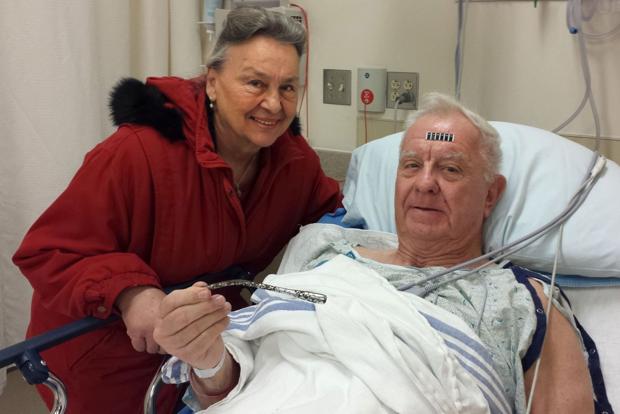

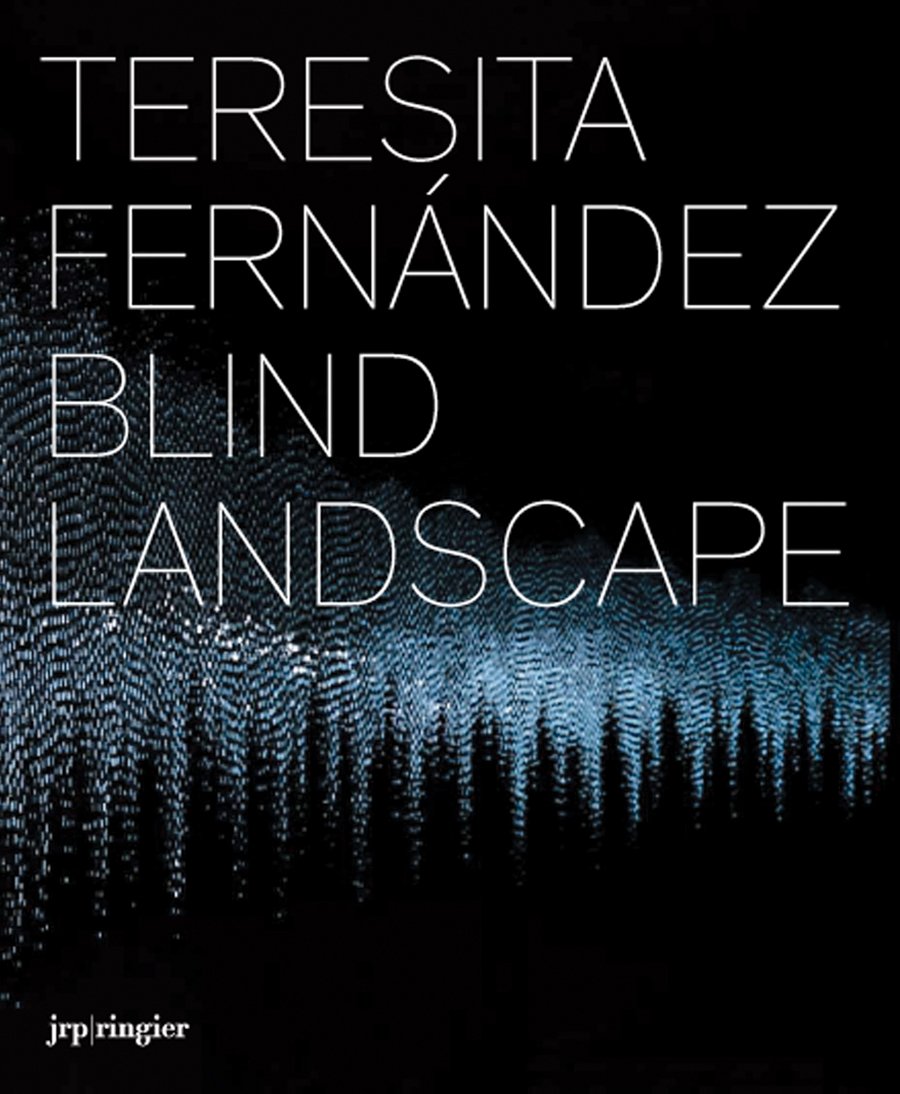

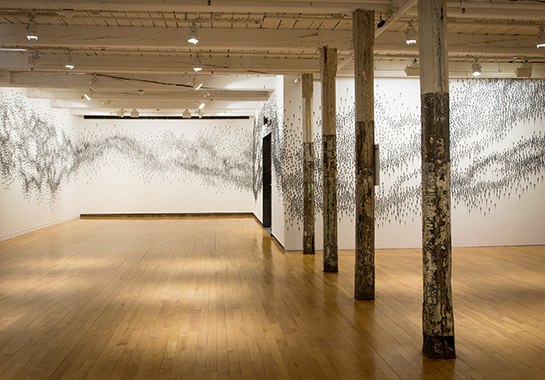

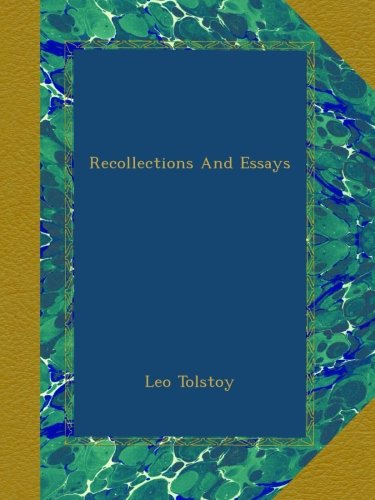
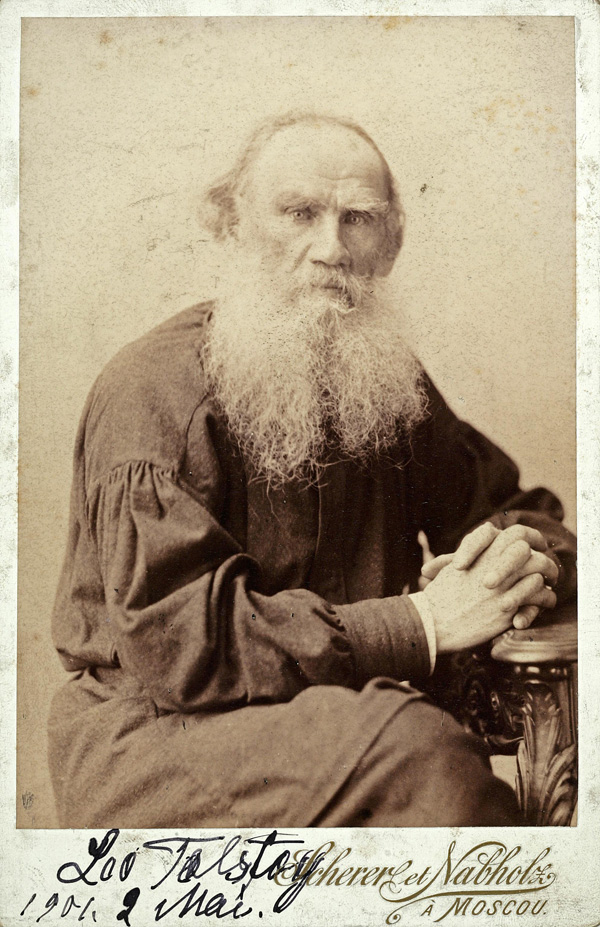

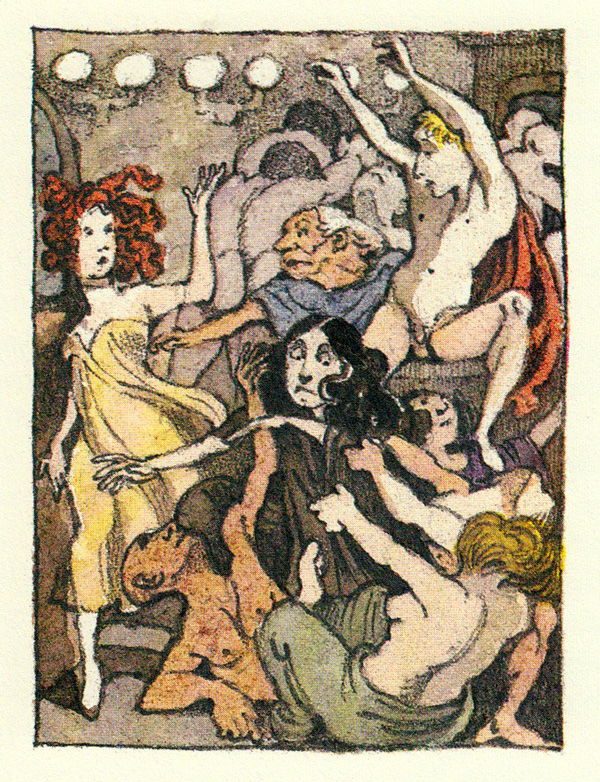
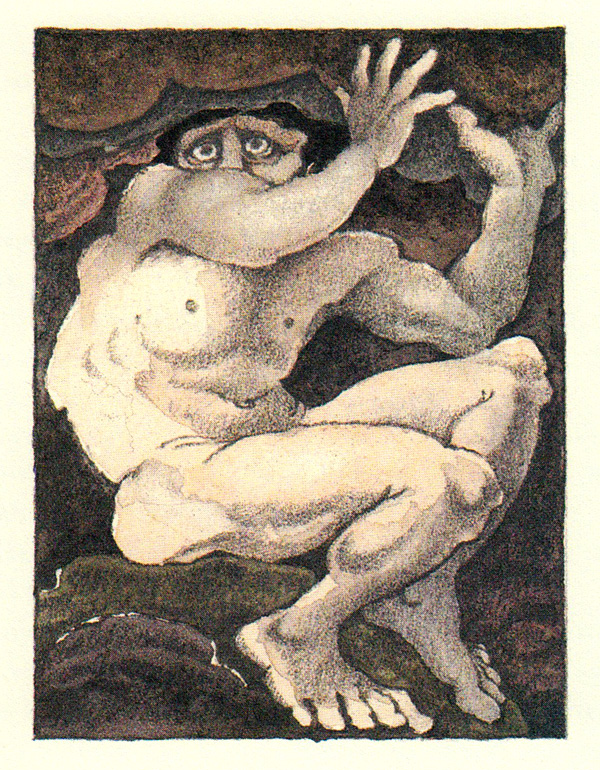
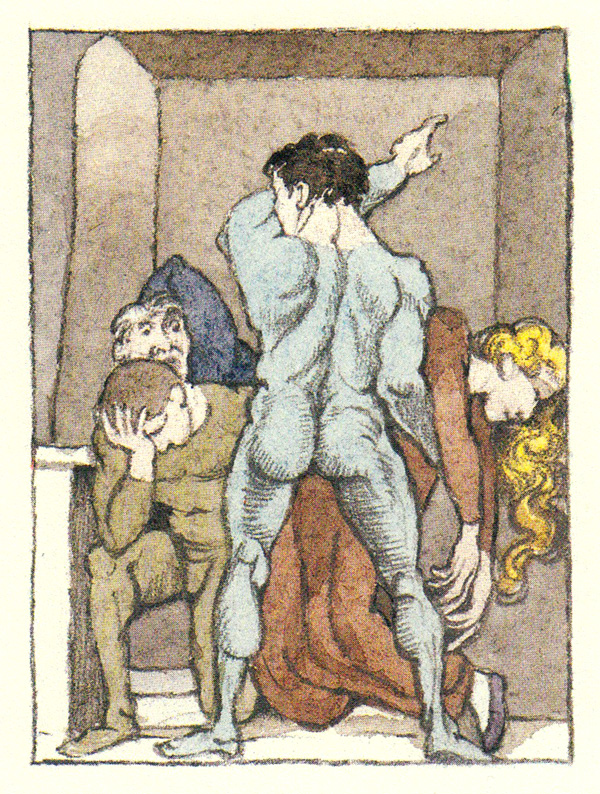



 For the New Year—I still live, I still think; I must still live, for I must still think. Sum, ergo cogito: cogito, ergo sum. To-day everyone takes the liberty of expressing his wish and his favorite thought: well, I also mean to tell what I have wished for myself today, and what thought first crossed my mind this year,—a thought which ought to be the basis, the pledge and the sweetening of all my future life! I want more and more to perceive the necessary characters in things as the beautiful:—I shall thus be one of those who beautify things. Amor fati: let that henceforth be my love! I do not want to wage war with the ugly. I do not want to accuse, I do not want even to accuse the accusers. Looking aside, let that be my sole negation! And all in all, to sum up: I wish to be at any time hereafter only a yea-sayer!
For the New Year—I still live, I still think; I must still live, for I must still think. Sum, ergo cogito: cogito, ergo sum. To-day everyone takes the liberty of expressing his wish and his favorite thought: well, I also mean to tell what I have wished for myself today, and what thought first crossed my mind this year,—a thought which ought to be the basis, the pledge and the sweetening of all my future life! I want more and more to perceive the necessary characters in things as the beautiful:—I shall thus be one of those who beautify things. Amor fati: let that henceforth be my love! I do not want to wage war with the ugly. I do not want to accuse, I do not want even to accuse the accusers. Looking aside, let that be my sole negation! And all in all, to sum up: I wish to be at any time hereafter only a yea-sayer!





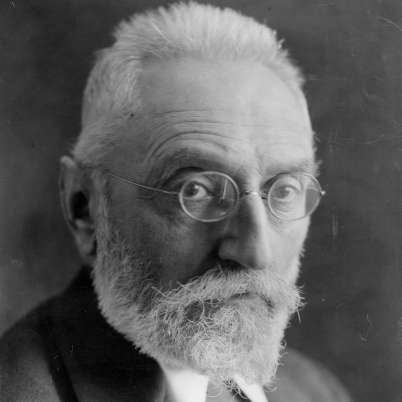
















Climate Myth...